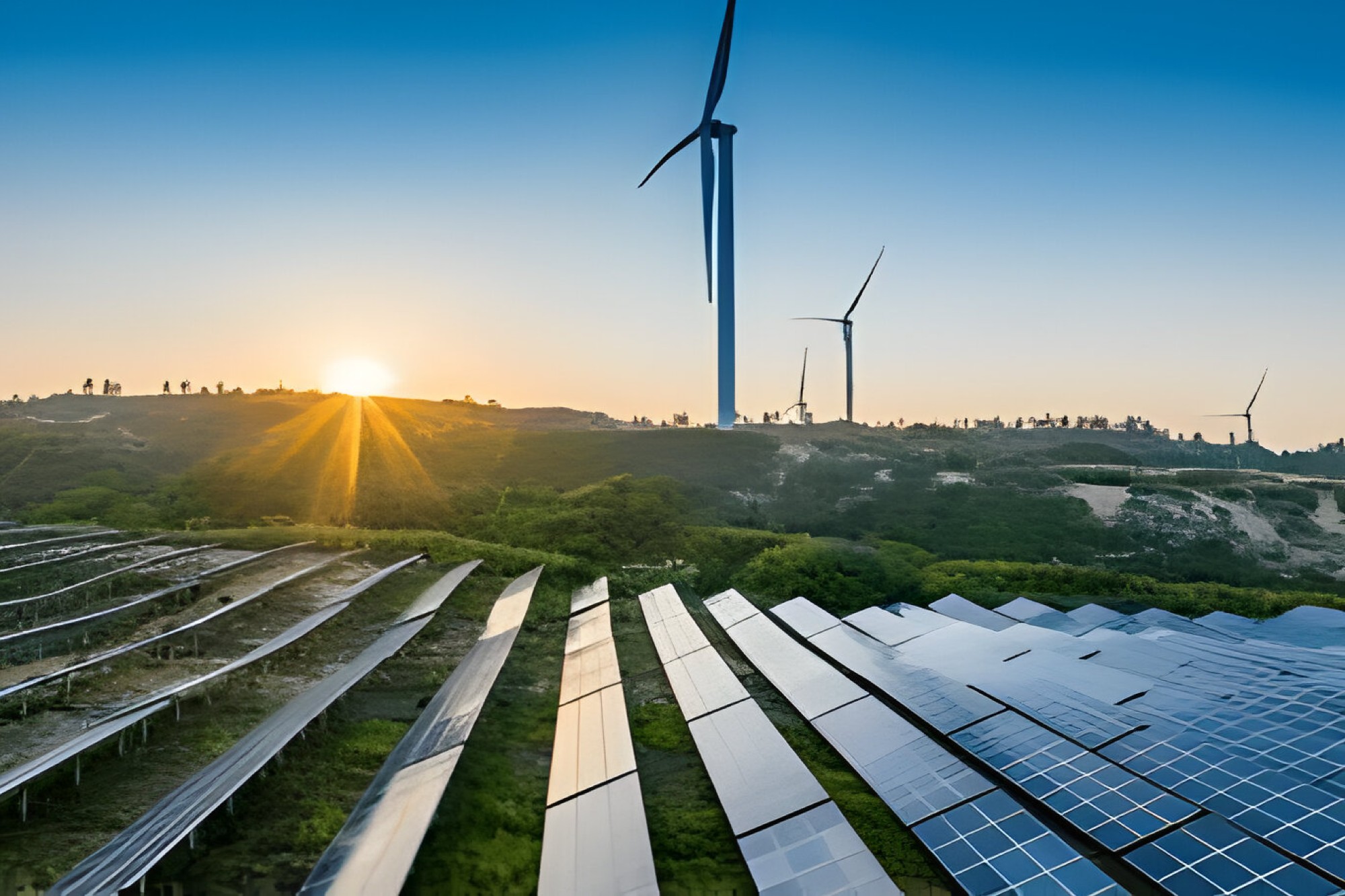India achieves remarkable growth in power generation capacity: Naik
By EPR Magazine Editorial July 26, 2024 2:23 pm IST
By EPR Magazine Editorial July 26, 2024 2:23 pm IST

The coal-based power capacity has surged from 1,39,663 MW in March 2014 to 2,10,969 MW in June 2024, while the renewable sector has expanded from 75,519 MW to 1,95,013 MW in the same period.
India has seen a significant boost in its power generation capacity over the past decade, with installed capacity increasing from 2,48,554 MW in March 2014 to 4,46,190 MW in June 2024. Minister of State for Power, Shripad Naik, informed the Lok Sabha in a written statement on Thursday.
The minister said that the coal-based power capacity has surged from 1,39,663 MW in March 2014 to 2,10,969 MW in June 2024, while the renewable sector has expanded from 75,519 MW to 1,95,013 MW in the same period. “To support this increase, the government has added 1,95,181 circuit kilometers (ckm) of transmission lines and 7,30,794 MVA of transformation capacity, connecting the entire country into a unified grid with a capability of transferring 1,18,740 MW,” he added.
The statement said that the grid system of India has become one of the largest unified grids globally, enabling distribution companies (DISCOMs) to buy power at the cheapest rates from any generator nationwide. This has resulted in lower electricity tariffs for consumers. The government is also committed to augmenting non-fossil fuel-based installed electricity generation capacity to over 5,00,000 MW by 2031-32, with a phased transmission plan for integrating this renewable energy capacity.
Significant efforts have been made to make the power sector viable. Speaking on the AT&C losses Naik said that aggregate Technical and Commercial (AT&C) losses have been reduced from 22.62 percent in 2013-14 to 15.40 percent in 2022-23. Current payments to power generation companies (Gencos) are up-to-date, and legacy dues have decreased from Rs. 1,39,947 crore to Rs. 35,119 crore. State government subsidies to DISCOMS are also current.The statement reads that the government has implemented several schemes to achieve uninterrupted power supply. The Deen Dayal Upadhyaya Gram Jyoti Yojana (DDUGJY) and Integrated Power Development Scheme (IPDS) have strengthened the sub-transmission and distribution network. The Pradhan Mantri Sahaj Bijli Har Ghar Yojana (SAUBHAGYA) has achieved universal household electrification, providing electricity to 2.86 crore households and electrifying 18,374 villages.
Naik said, “2,927 new substations have been added, 3,965 existing substations have been upgraded, and 8.5 lakh circuit kilometers of HT and LT lines have been added or upgraded. As a result, rural power availability has increased from 12.5 hours in 2015 to 21.9 hours in 2024, and urban areas now enjoy 23.4 hours of power availability.”
To further support renewable energy, the government has waived Inter-State Transmission System (ISTS) charges for electricity generated from solar, wind, pumped storage plants, and battery energy storage systems. Renewable Purchase Obligations (RPOs) and Energy Storage Obligations trajectory are set till 2029-30.
We use cookies to personalize your experience. By continuing to visit this website you agree to our Terms & Conditions, Privacy Policy and Cookie Policy.